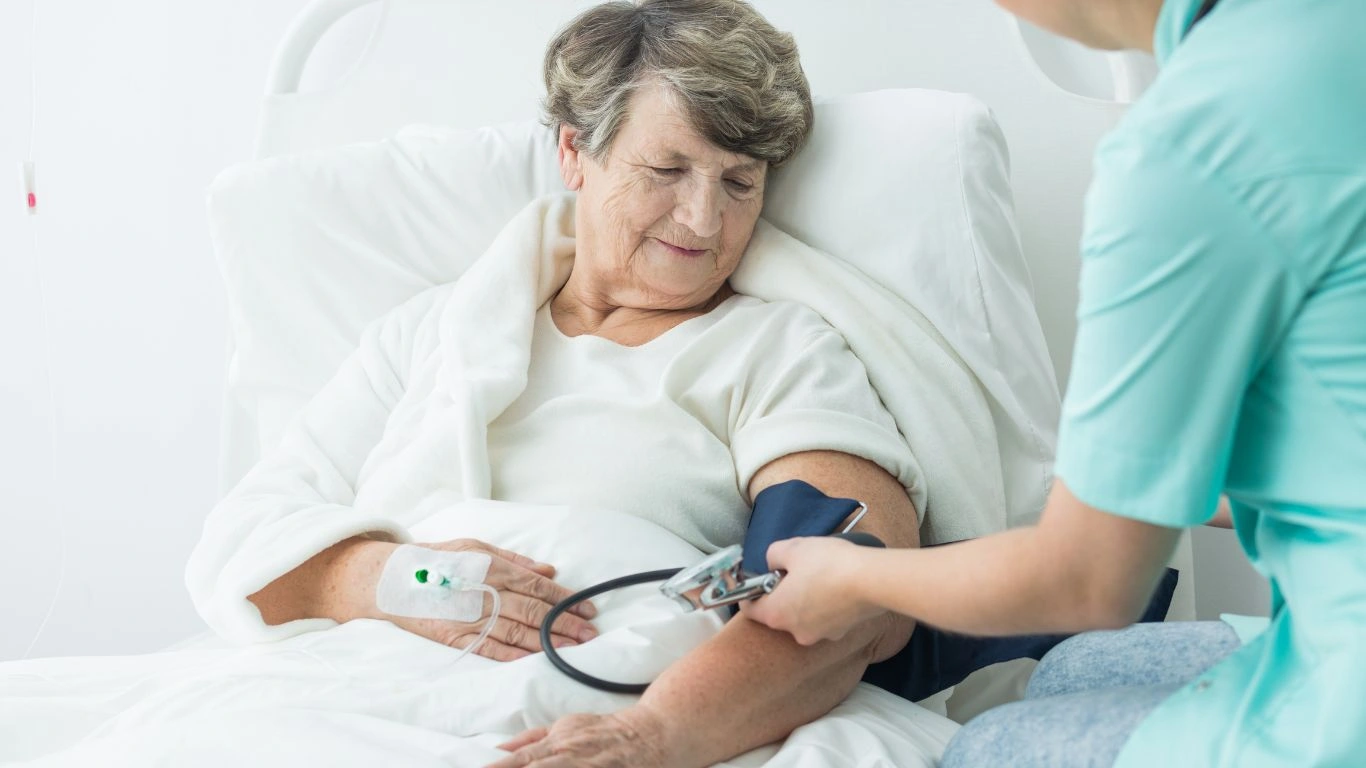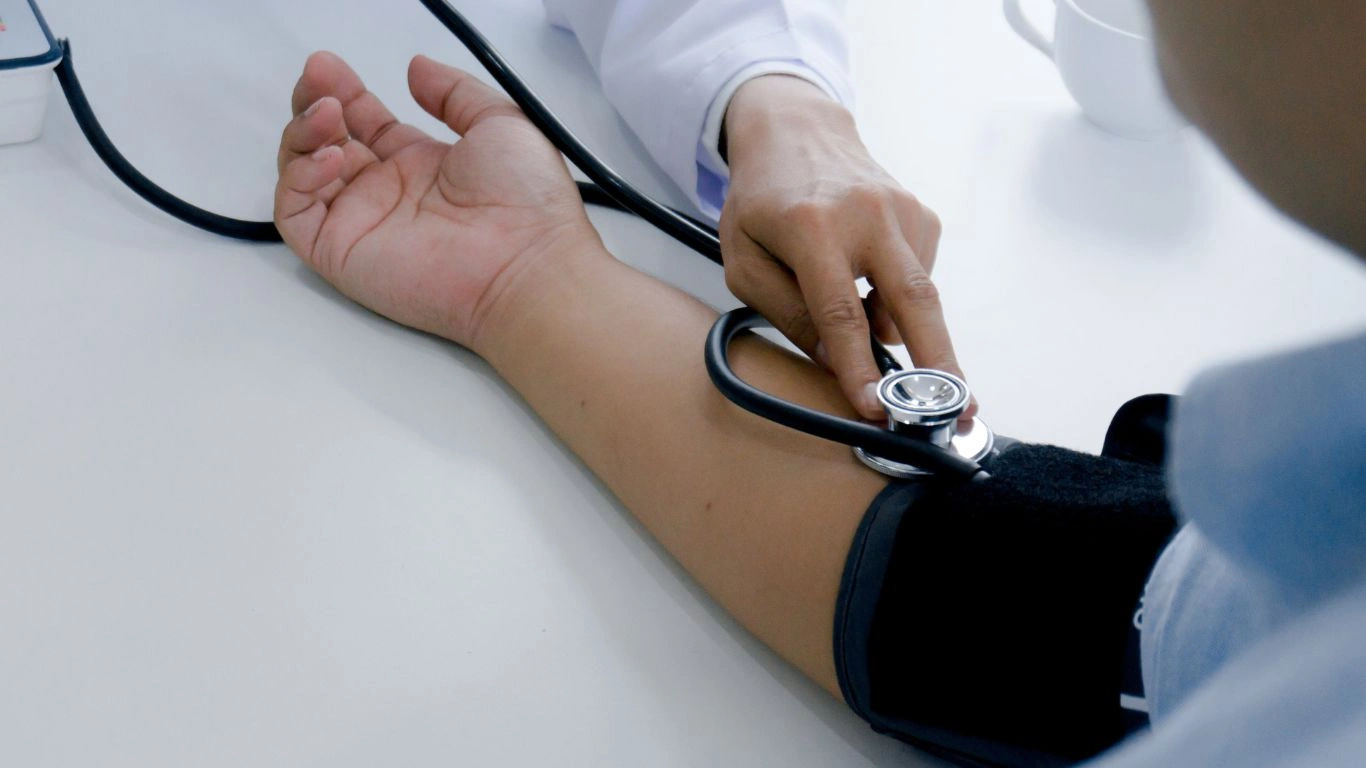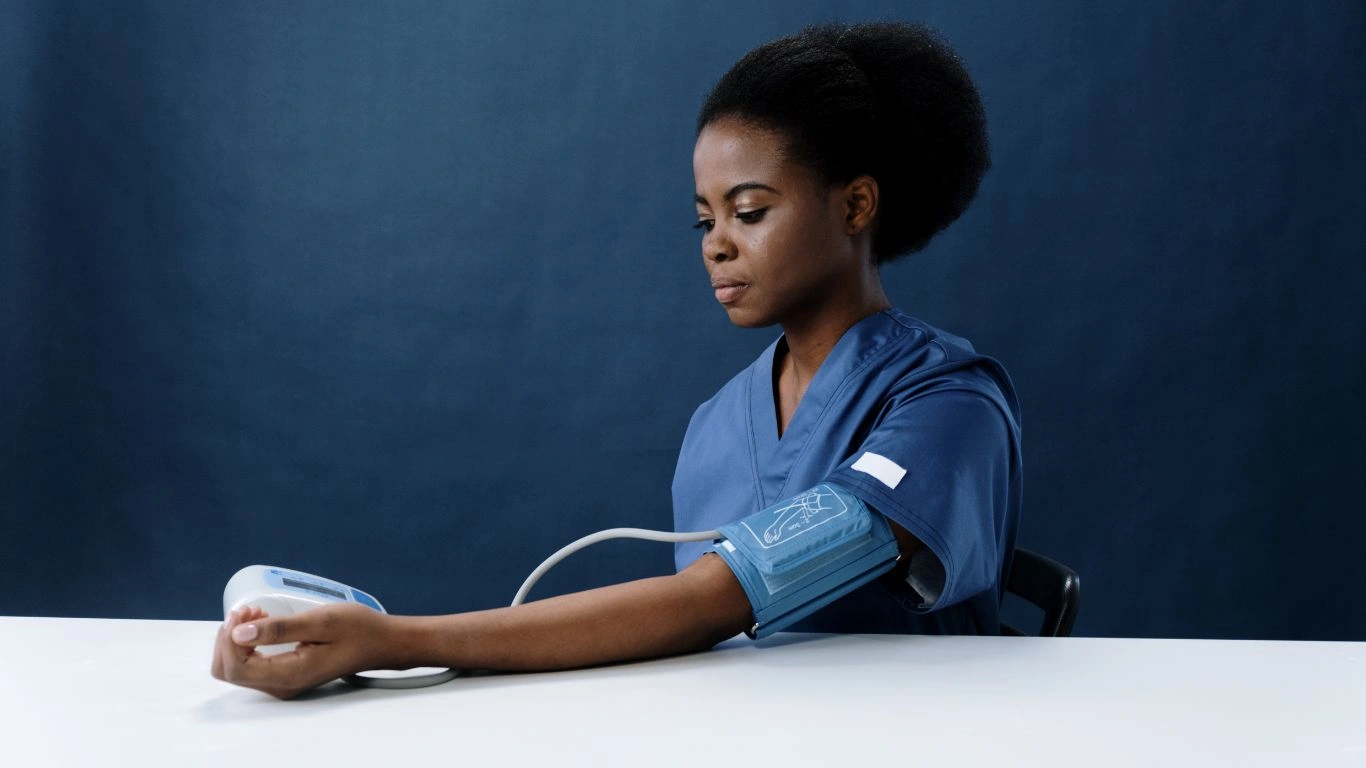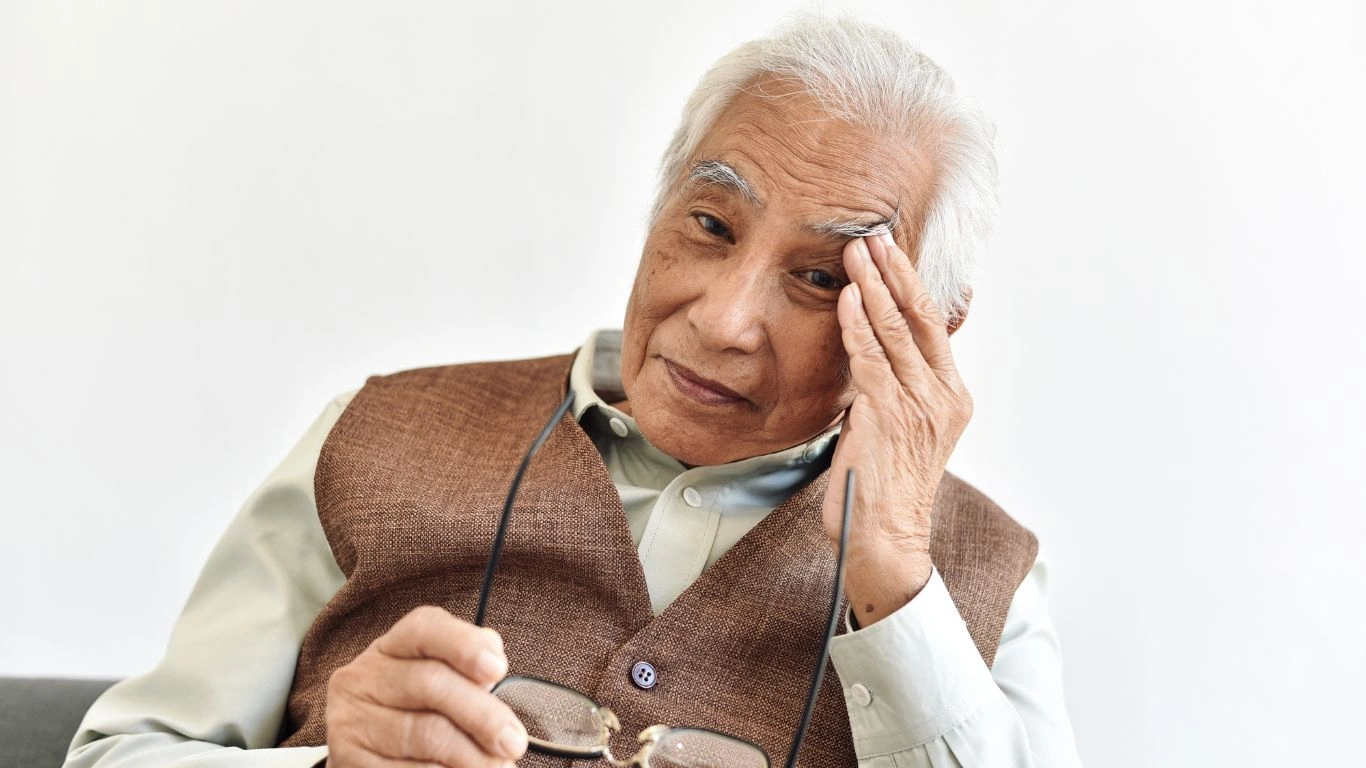Powerful Recovery Tips for Managing High Blood Pressure After Flu
Managing high blood pressure after flu isn’t something most people think about—until it hits them. I’ve seen it time and time again in my clinic. A patient gets over a nasty case of the flu, only to notice their blood pressure readings are unexpectedly elevated. And they’re often left scratching their heads, wondering what on earth is going on. As an Internal Medicine Physician who’s spent years helping patients navigate the ups and downs of hypertension, I can tell you—this post-viral blood pressure spike is more common than you’d think. And yes, it can be more than just a blip.
What’s Really Going On After the Flu?

Here’s the thing: the flu doesn’t just knock you out for a few days and leave quietly. It lingers—in sneaky ways. Your immune system’s been in overdrive, inflammation is up, and you might still be feeling tired and foggy. All of this can throw your blood pressure out of its usual rhythm. In fact, I had a patient last winter—a healthy 54-year-old teacher—who came in two weeks after recovering from influenza A. She was feeling better overall, but her home BP readings had jumped to 150s/90s, way above her usual numbers. No fever, no cough, just elevated blood pressure and mild fatigue. Classic case.
That’s not uncommon. Here’s why it can happen:
- Inflammation: The flu triggers a systemic inflammatory response, and that can linger after your symptoms fade.
- Dehydration: During the flu, people often eat and drink less—low fluid intake messes with blood volume and regulation.
- Medication side effects: Decongestants and NSAIDs like ibuprofen can elevate BP.
- Physical stress: Fighting off a virus takes a toll on your body’s systems, especially your cardiovascular system.
Why Managing High Blood Pressure After Flu Deserves Your Attention

Here’s where it gets tricky. Some patients assume once they’re over the flu, they can just go back to business as usual. But blood pressure doesn’t always bounce back that quickly. Especially if you already have hypertension—or if you were borderline before—you could be walking around with dangerously elevated numbers and not even feel it.
What I Tell My Patients (And What I Practice Myself)
When my own mom had a bad bout of flu last year, I made her check her BP twice a day for a week after recovery. She didn’t love it (who does?), but it helped us catch a trend before it got out of hand. It’s not just about numbers—it’s about what they’re telling us. Our bodies speak, we just need to listen.
Here are a few habits I recommend—nothing fancy, just real-world, doable tips:
- Hydrate like it’s your job: Even if you’re feeling better, your body is still rebalancing. Water helps.
- Skip the salt overload: Comfort food after the flu? Totally fine—but watch those sodium-packed soups and snacks.
- Ease back into activity: No need to hit the gym hard. Start with walks, breathing exercises, gentle stretching. Give your heart a break.
- Keep monitoring: A home BP cuff is worth its weight in gold here. Two readings a day—morning and evening—is a good start.
How to Tell If It’s Temporary or a Bigger Problem

Let’s say your BP is still running high a week or two after flu recovery. Is that normal? Possibly. But if you’re also noticing persistent headaches, dizziness, chest tightness, or vision changes, it’s time to get checked. As I always remind my patients—high blood pressure is a silent problem until it’s not.
Here’s how I usually evaluate whether a post-flu blood pressure spike needs more than just watchful waiting:
- How high are the numbers? Anything consistently over 140/90 should get attention.
- Any new symptoms? Chest pain, shortness of breath, fatigue—red flags.
- How long has it lasted? If it’s over 7–10 days post-recovery and still up, we may need to tweak meds or dig deeper.
I also look at their baseline BP history. Someone with previously normal readings may just need rest and hydration. But a patient with a history of hypertension? We don’t gamble—we adjust, recheck, and stay ahead of complications.
When Rest Isn’t Enough: Supporting Recovery for Better Blood Pressure

Now, I’m all for rest. I probably preach it a little too much—but honestly, it’s underrated. That said, rest alone doesn’t always cut it when you’re managing high blood pressure after flu. The body’s still recalibrating, and sometimes it needs a little nudge to get things back in line.
I remember chatting with a retired engineer—let’s call him Mr. R.—who told me, “Doc, I haven’t done anything but nap and hydrate and my BP’s still high.” After a quick discussion and review, it turned out he was still popping cold meds and wasn’t walking much at all. So we tweaked a few habits and within days, his numbers began to stabilize. Sometimes it’s the little tweaks that make the biggest difference.
Here are a few lifestyle tips I often suggest for that post-flu blood pressure slump:
- Ease off cold medications: Especially those with pseudoephedrine. They’re sneaky BP raisers.
- Gentle movement: I recommend short walks or chair exercises—not a boot camp, just circulation support.
- Limit caffeine and alcohol: Both can amplify post-viral blood pressure swings.
- Get your gut back on track: Probiotic-rich foods (like yogurt or kimchi) can support systemic recovery. Gut inflammation affects vascular tone more than people realize.
What works best is when we *personalize* this recovery plan. Everyone’s flu experience is different, so their BP rebound strategy should be too.
When to Reach Out: It’s Okay to Ask for Help

Sometimes, no matter how proactive you are, your blood pressure just refuses to budge. And that’s okay. This is where leaning on your healthcare team becomes essential. As someone who’s managed hundreds (maybe thousands!) of hypertension cases, I can tell you—reaching out early often prevents a bigger issue down the road.
These are the signs I tell my patients to look for:
- Blood pressure readings consistently over 140/90, especially if this is a new trend post-flu.
- Unexplained fatigue, lightheadedness, or shortness of breath—especially when walking or climbing stairs.
- Chest discomfort or pounding heartbeats that don’t settle with rest.
Even if symptoms are subtle, trust your gut. I always say: you don’t need to be in crisis to check in. Better safe than sorry.
Medication Review: The Flu Can Change the Game

Let’s talk meds for a second. The flu can totally change how your body responds to medications. I’ve had patients whose blood pressure spiked or dipped after recovery, simply because their usual meds were too strong or too weak post-illness. It’s not unusual.
In one case, a woman in her 60s came in with low energy and mildly elevated BP two weeks after recovering from a respiratory virus. She was taking the same meds, but they suddenly weren’t as effective. Turns out, she’d lost about 8 pounds during the flu, and her fluid balance was all over the place. We adjusted her dose slightly and spaced out her medications, and her numbers evened out in days.
Post-flu medication considerations might include:
- Adjusting dosages: Especially if weight has changed or kidney function has been impacted.
- Temporarily stopping non-essential meds: Always under guidance, of course—some patients may be over-medicated once they’re in recovery.
- Monitoring drug interactions: Cold and flu meds can interfere with BP drugs.
If you’re unsure, don’t DIY it. Always check in with your physician or pharmacist before tweaking your med routine. It’s way too easy to overcorrect and cause another problem.
Supporting Long-Term Cardiovascular Resilience

This part gets me especially fired up—because preventing future spikes is where we really win. Getting over the flu and stabilizing your blood pressure is great, but let’s keep it going. I love giving patients tools they can actually use, not just a lecture and a prescription.
Here’s what I focus on for long-term resilience:
- Daily movement: Doesn’t have to be cardio. Just stay mobile. Yoga, stretching, yard work—it all counts.
- Anti-inflammatory diet: Think more colors, less processed stuff. Omega-3s, leafy greens, berries—the usual suspects.
- Stress management: The flu is a physical stressor, but mental stress will keep BP high too. Deep breathing, journaling, even laughter—it’s medicine.
- Seasonal planning: For patients with a history of post-viral BP spikes, I help them create a plan before flu season even hits. Prevention beats reaction every time.
It’s honestly one of the most overlooked opportunities in primary care—teaching patients how to bounce back *and* build up. Not just survive the flu, but come out stronger on the other side.
Monitoring Moving Forward: Don’t Just “Wait and See”

So, you’ve made it through the flu, started to feel human again, and your blood pressure isn’t quite back to normal. Here’s my take: don’t wait around hoping it sorts itself out. Monitoring your BP in the weeks after any viral illness—especially the flu—is one of the most helpful habits you can develop.
I usually suggest my patients log their readings twice daily for at least 10–14 days post-flu. Jot down the time, the number, and how you’re feeling. Are you stressed? Rested? Still coughing? This gives us context, not just cold numbers. I can’t count how many times a well-kept log has helped me spot patterns that even labs and fancy monitors miss.
Even for my own family members, like my cousin who’s been borderline hypertensive for years, I encourage this kind of tracking. After he caught a brutal flu strain earlier this year, he started logging again—and boom, we caught a sustained upward trend early and adjusted his meds before things escalated.
How to make blood pressure monitoring easier:
- Use an automated cuff: Make sure it’s validated and calibrated. Upper arm cuffs tend to be more accurate than wrist monitors.
- Pick consistent times: Morning and evening, same chair, same arm, no caffeine or smoking beforehand.
- Don’t stress over one-off numbers: Look for trends, not flukes. BP naturally fluctuates throughout the day.
Building a “Flu Recovery Protocol” That Includes Blood Pressure

This might sound like overkill, but hear me out—I actually help some of my patients put together a personalized “flu recovery protocol.” It’s not a big formal plan, just a checklist of what to do once they’re on the mend. Why? Because managing high blood pressure after flu doesn’t have to be confusing or reactive. When you’re prepared, it’s so much easier to bounce back without setbacks.
A sample recovery checklist might include:
- Track BP twice a day for 10–14 days post-flu
- Hydrate intentionally—not just when thirsty
- Eat anti-inflammatory meals with plenty of potassium-rich foods
- Ease back into daily movement—even light housework counts
- Pause or adjust over-the-counter meds with physician guidance
- Schedule a follow-up if readings remain elevated past 2 weeks
What I love about this approach is that it empowers people. You don’t have to feel like you’re just “waiting it out.” You’re actively steering your recovery, and that matters—especially if you’ve already got a history of hypertension or cardiovascular concerns.
What Patients Often Ask Me (And What I Tell Them)
Let’s talk about a few common questions that come up during appointments and follow-ups:
“Should I be worried if my blood pressure was normal before the flu?”
Great question. A temporary spike doesn’t mean you now have chronic hypertension, but it does deserve attention. Think of it like a warning light—maybe it’s just the aftermath of being sick, but maybe it’s something that’s been creeping up. It’s a good time to take stock of your lifestyle and risk factors.
“Can stress from being sick raise my blood pressure?”
Absolutely. Between the physical stress on your immune system and the mental stress of missing work, being isolated, or just not feeling like yourself, it can all push your BP up. That’s why recovery has to include rest and stress management—not just cough syrup and soup.
“When should I come in to see you?”
If your BP is consistently over 140/90 for more than a week post-flu, especially if you’re not feeling right, it’s time. You don’t have to wait for something dramatic to happen. Early is always better in my book.
References
- https://www.heart.org
- https://www.cdc.gov
- https://www.ncbi.nlm.nih.gov
- https://www.ama-assn.org
- https://www.aafp.org
Disclaimer
This article is for informational purposes only and does not constitute medical advice. Always consult your healthcare provider for guidance tailored to your specific health situation. As an Internal Medicine Physician, I provide these insights based on my clinical experience, but individual cases may vary widely.

Dr. Gwenna Aazee is a board-certified Internal Medicine Physician with a special focus on hypertension management, chronic disease prevention, and patient education. With years of experience in both clinical practice and medical writing, she’s passionate about turning evidence-based medicine into accessible, actionable advice. Through her work at Healthusias.com, Dr. Aazee empowers readers to take charge of their health with confidence and clarity. Off the clock, she enjoys deep dives into nutrition research, long walks with her rescue pup, and simplifying medical jargon one article at a time.






